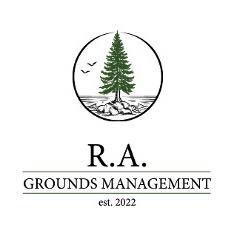A landscape designer is a professional who specializes in creating aesthetically pleasing and functional outdoor spaces. They plan, design, and oversee the transformation of gardens, yards, commercial properties, parks, and public areas. But where do landscape designers typically work? Their expertise is required in various settings, from private residences to large-scale urban projects, making their profession both diverse and essential in shaping outdoor environments.
Understanding where landscape designers typically work helps highlight their contribution to different industries, from residential and commercial landscaping to city planning and environmental conservation.
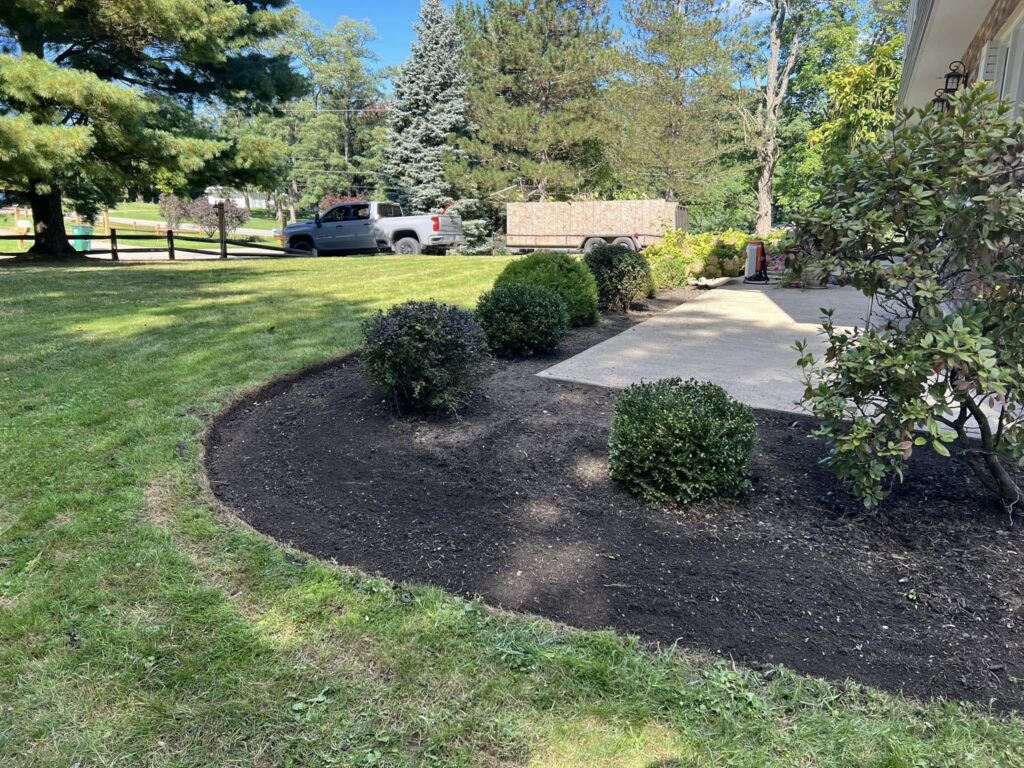
Residential Properties: Designing Functional Outdoor Spaces for Homeowners
One of the most common places where landscape designers typically work is in residential properties. Homeowners seek their expertise to create beautiful, practical outdoor spaces that enhance curb appeal and provide a comfortable living environment.
Landscape designers help homeowners develop custom gardens, patios, outdoor kitchens, and entertainment areas that align with the architectural style of their homes. They focus on plant selection, hardscaping elements, and sustainable features that ensure long-term beauty and functionality. Many landscape designers work closely with homeowners to ensure that the design reflects personal tastes while also being practical for maintenance and seasonal changes.
In neighborhoods and suburban developments, landscape designers often collaborate with builders to create cohesive landscape designs that enhance property values and overall aesthetics. By integrating proper drainage solutions, plant selection, and structural elements, they help homeowners enjoy visually stunning and functional outdoor spaces.
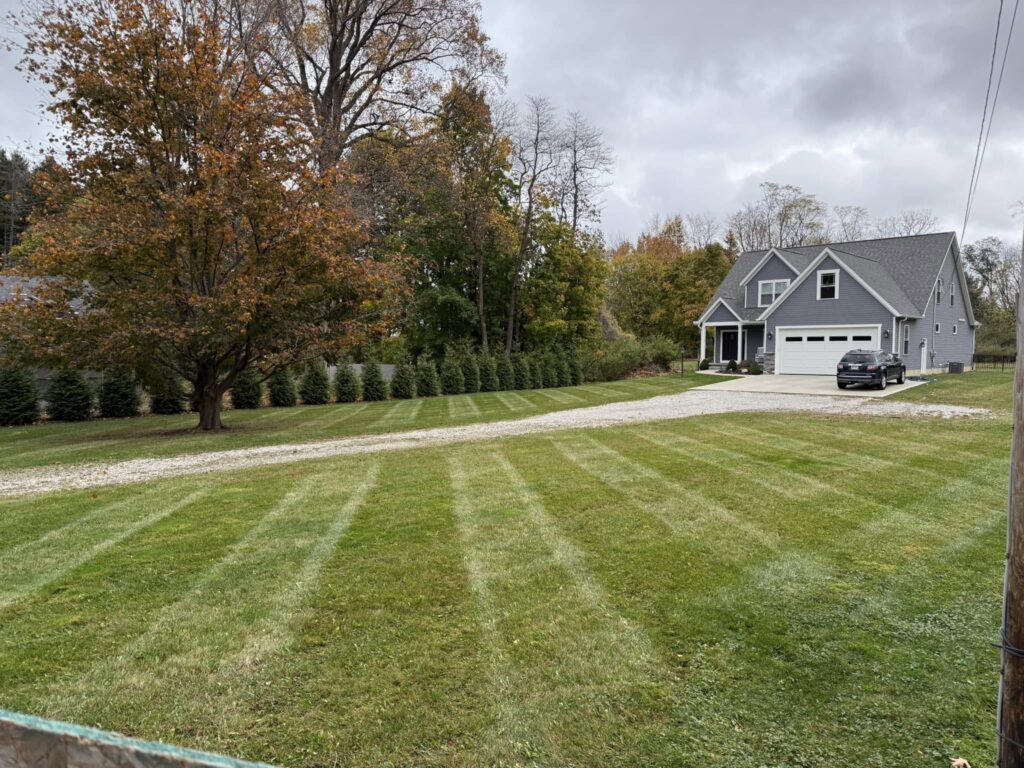
Commercial Properties: Enhancing Business Appeal and Usability
Another major sector where landscape designers typically work is commercial properties. Businesses, hotels, office buildings, shopping centers, and restaurants invest in professional landscaping to create inviting outdoor spaces that enhance customer experience and brand image.
Landscape designers in commercial settings focus on elements such as walkways, plazas, rooftop gardens, seating areas, and ornamental gardens to improve usability and aesthetics. A well-designed commercial landscape can make a property stand out, attracting more visitors, improving employee satisfaction, and increasing foot traffic for businesses.
Additionally, corporate campuses and business parks rely on landscape designers to create sustainable landscapes that provide shade, improve air quality, and create serene environments for employees and clients. Many businesses integrate green spaces into their properties to enhance workplace wellness and reduce environmental impact.

Public Parks and Recreational Spaces: Designing Green Areas for Communities
Public parks, botanical gardens, and recreational areas are some of the most impactful places where landscape designers typically work. These professionals play a critical role in designing accessible, well-maintained public spaces that serve as hubs for relaxation, fitness, and social activities.
Landscape designers working in public parks focus on trail systems, playgrounds, sports fields, picnic areas, and water features to create engaging and functional outdoor spaces for community use. Their designs incorporate environmentally sustainable solutions, such as native plant landscaping, erosion control measures, and wildlife-friendly features, to ensure that parks remain healthy and vibrant over time.
Municipal governments and park authorities frequently hire landscape designers to revitalize outdated parks, create green urban spaces, and promote biodiversity in city planning. Their work significantly contributes to improving public health and community well-being.
Urban and City Planning: Integrating Nature into Infrastructure
Landscape designers also work in urban planning and city development, where they help integrate green spaces into modern infrastructure. As cities continue to expand, the demand for sustainable, aesthetically pleasing landscapes grows, making urban design a crucial field where landscape designers typically work.
In urban environments, landscape designers collaborate with architects and city planners to create streetscapes, green roofs, vertical gardens, and pedestrian-friendly environments. Their work ensures that cities remain livable by balancing modern infrastructure with green elements that improve air quality, reduce heat, and provide relaxation areas for residents.
Many cities now implement urban greening initiatives, such as tree-lined streets, rain gardens, and eco-friendly drainage systems, to combat pollution and enhance sustainability. Landscape designers play an essential role in these projects, ensuring that green spaces thrive within densely populated areas.
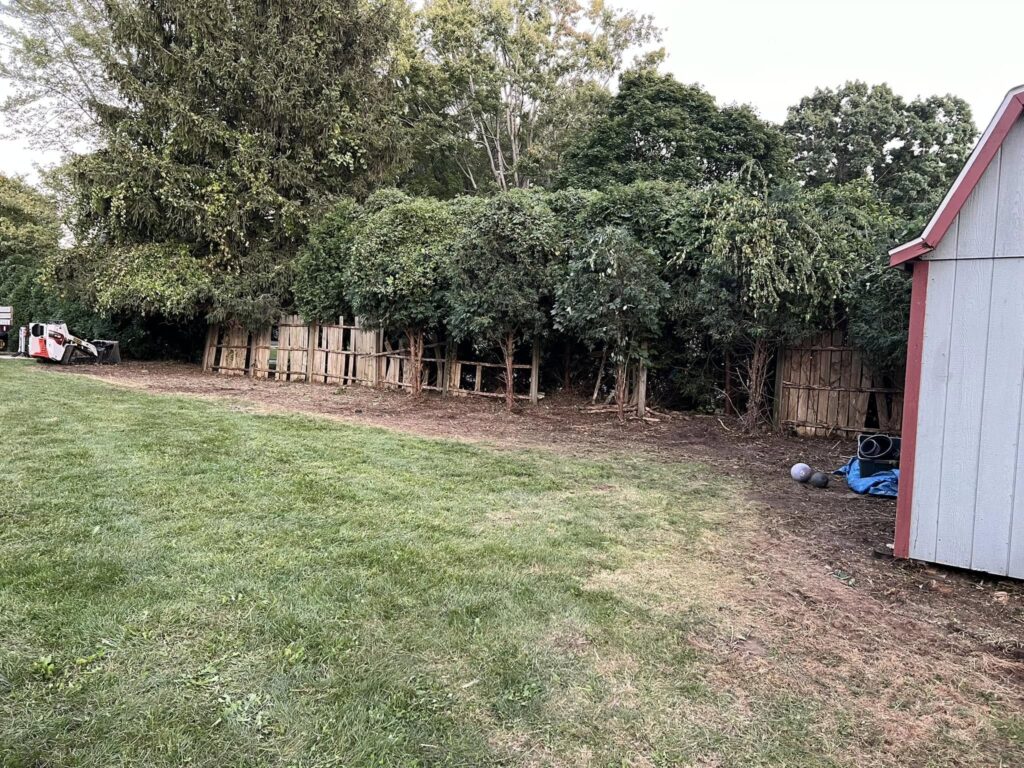
Resorts and Hospitality: Crafting Stunning Outdoor Experiences
Another area where landscape designers typically work is in the hospitality and tourism industry. Resorts, hotels, and luxury properties require professional landscaping to enhance guest experiences and create visually striking environments.
Landscape designers in hospitality settings focus on tropical gardens, poolside landscapes, private courtyards, and scenic walking paths that contribute to relaxation and beauty. Their goal is to design outdoor spaces that complement the natural surroundings while providing a tranquil and enjoyable atmosphere for guests.
Additionally, golf courses, beachfront resorts, and nature retreats depend on landscape designers to maintain the integrity of their outdoor spaces, ensuring that they remain attractive, sustainable, and functional.
Botanical Gardens and Conservation Projects: Preserving Natural Landscapes
For those interested in ecological preservation, botanical gardens, arboretums, and conservation projects are key places where landscape designers typically work. These professionals use their expertise to curate plant collections, design educational landscapes, and implement conservation strategies that promote biodiversity and environmental awareness.
Many landscape designers work with environmental organizations to restore natural habitats, manage wetlands, and rehabilitate damaged ecosystems. By using sustainable landscaping techniques, they help protect native plant species and maintain balanced ecosystems.
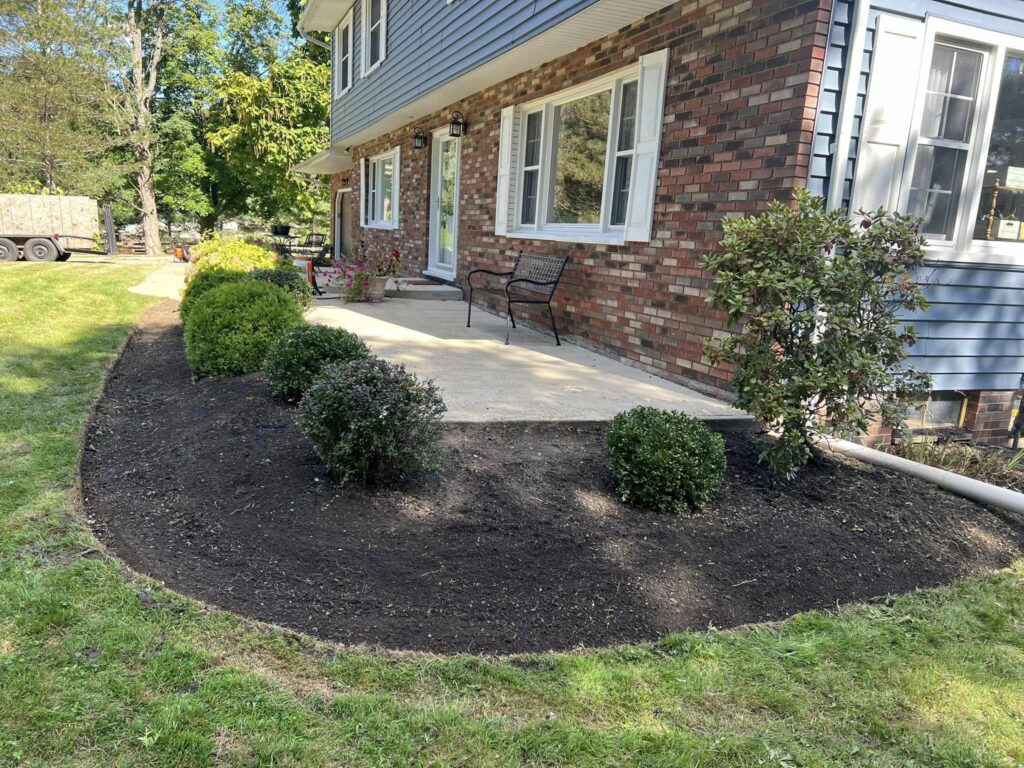
Educational Institutions: Designing Green Spaces for Schools and Universities
Schools, universities, and academic institutions are also locations where landscape designers typically work. These spaces require thoughtful landscaping to create safe, engaging, and functional outdoor environments for students, faculty, and visitors.
Landscape designers in educational settings focus on campus courtyards, green roofs, study gardens, and athletic fields to enhance learning and recreational experiences. Their work contributes to student well-being by providing shaded areas, quiet study spaces, and green environments that support mental and physical health.
Conclusion: Where Do Landscape Designers Typically Work?
So, where do landscape designers typically work? The answer spans across residential, commercial, public, and conservation settings, each requiring unique expertise and design strategies. From home gardens to city parks, commercial properties to resorts, and urban landscapes to conservation projects, landscape designers shape the world around us by integrating nature into everyday life.
Their work is essential in enhancing outdoor aesthetics, promoting sustainability, and creating functional spaces for people to enjoy. Whether they are transforming private backyards, designing corporate landscapes, or revitalizing urban spaces, landscape designers play a crucial role in improving our environment and overall well-being.
By understanding where landscape designers typically work, we can appreciate the value they bring to communities, businesses, and ecosystems. Their expertise helps bridge the gap between nature and human spaces, making our surroundings more livable, beautiful, and sustainable.
